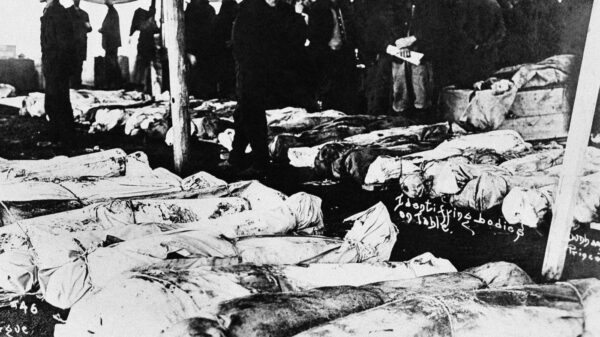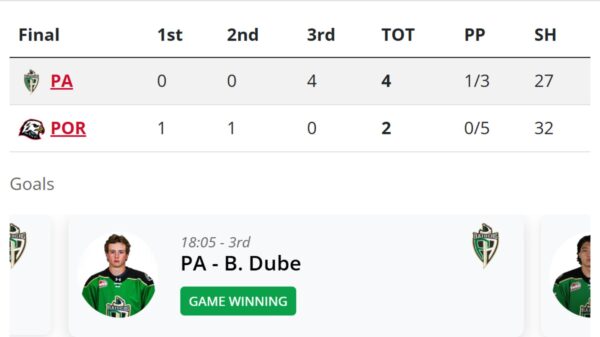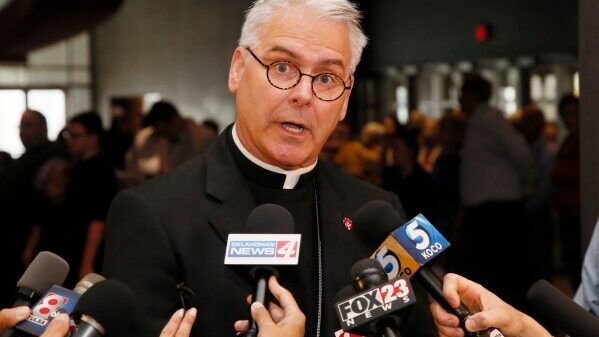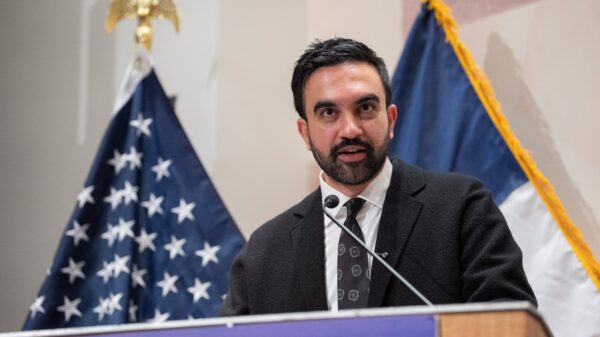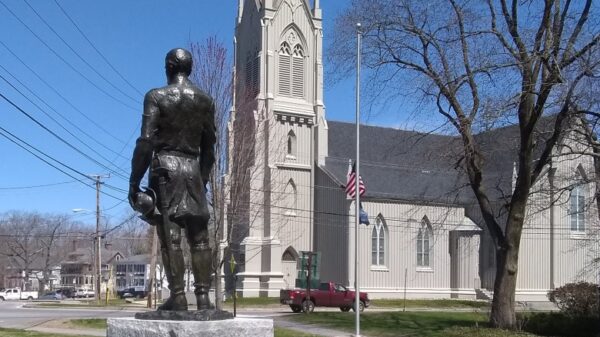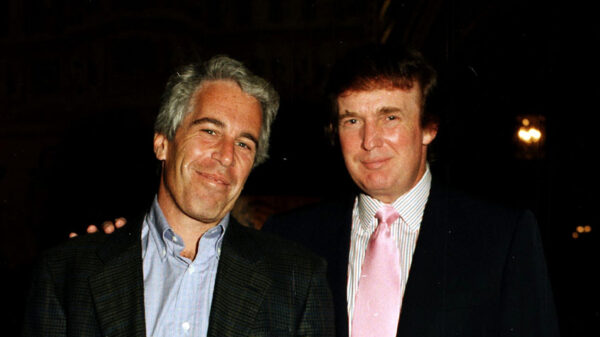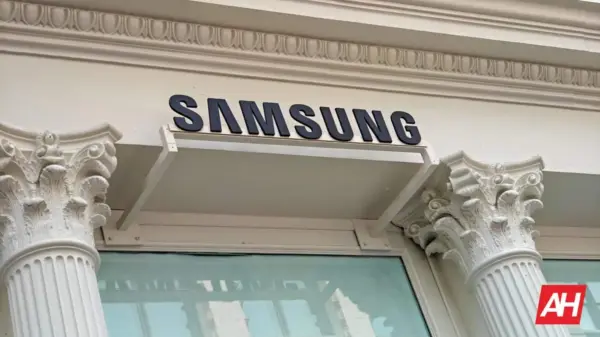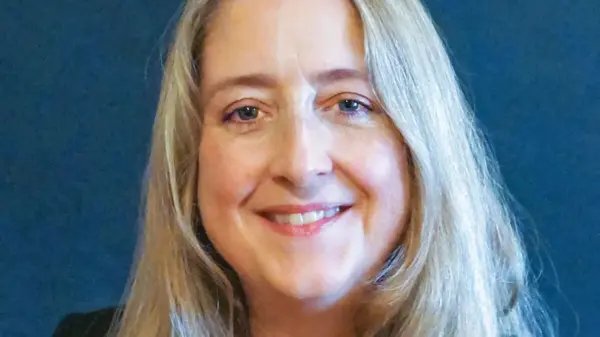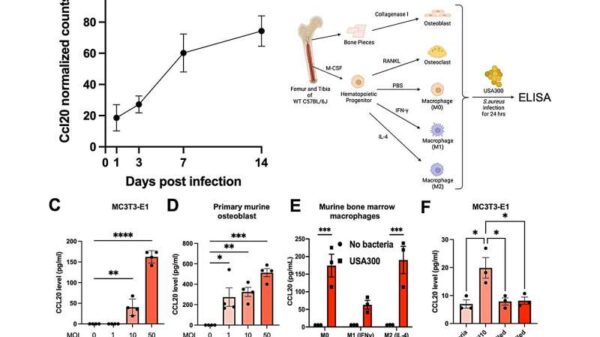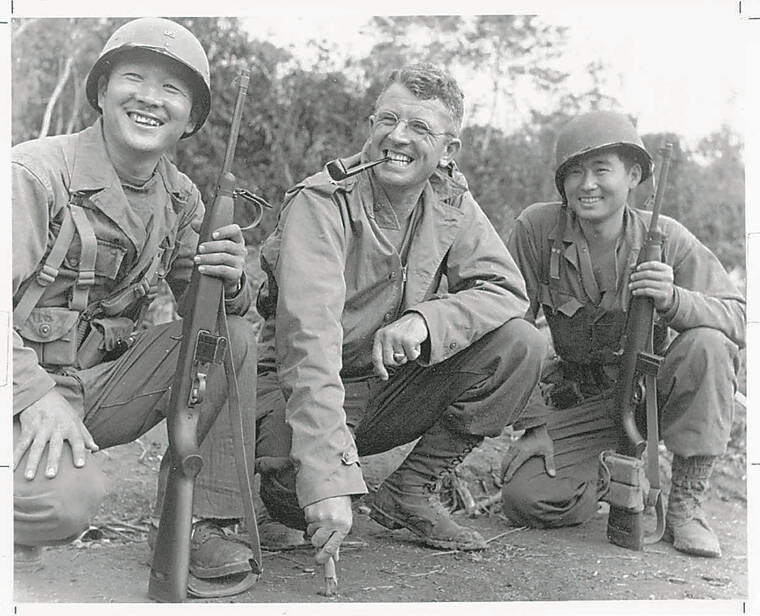Japan has formally recognized three organizations in Hawaii for their contributions to preserving the history of Nisei veterans and fostering goodwill between the United States and Japan, nearly 80 years after the end of World War II. The Japanese Ministry of Foreign Affairs announced the recipients of its Foreign Minister’s Commendations last week, highlighting the work of the 100th Infantry Battalion Veterans, the 442nd Legacy Center, and the Military Intelligence Service Veterans of Hawaii.
These commendations are awarded to individuals and groups globally who promote understanding and friendship, with 51 recipients chosen this year. Nominated by Yoshinori Kodama, the Japanese Consul General in Honolulu, the organizations will receive their awards at a ceremony later this year, according to a statement from the consulate. The press release emphasized that “the three organizations have contributed to the preservation and dissemination of the history of Japanese Americans in the United States,” thereby enhancing their status and deepening mutual understanding between Japan and Hawaii, as well as the broader U.S.-Japan relationship.
Kathi Hayashi, president and education chair for the 100th Infantry Battalion Veterans, remarked on the significance of the honor, stating, “This commendation means so much, and we feel even more passionate to work together towards peace and understanding.” She noted that the recognition reflects the 80 years of effort by their members to promote healing and mutual respect between the two nations.
The historical context for this recognition is rooted in the events following the December 7, 1941 attack on Pearl Harbor. In the wake of the attack, Japanese Americans faced heightened suspicion and persecution, with many classified as “enemy aliens” and placed in internment camps. Despite this adversity, many Nisei—second-generation Japanese Americans—volunteered for military service, fighting bravely in Europe and supporting intelligence operations in the Pacific.
The 100th Infantry Battalion, primarily composed of Japanese Americans from Hawaii, was formed due to suspicions about their loyalty. Known informally as the “One-Puka-Puka,” this battalion saw extensive action in Italy and gained prominence as their valor became widely recognized. Hayashi mentioned that media coverage within four months highlighted their bravery, earning them the nickname “Purple Heart Battalion” due to the number of their members who were wounded in combat.
Following their distinguished service, the 100th Infantry Battalion was integrated into the 442nd Infantry Regiment, which is now celebrated as the most decorated combat unit in U.S. Army history. Meanwhile, the Military Intelligence Service (MIS) began recruiting Nisei soldiers to assist in intelligence operations, despite initial resistance from some military commanders. These soldiers played crucial roles in operations behind enemy lines and later contributed to the U.S. occupation of Japan, aiding in the nation’s transition to democracy.
In the years following the war, veterans from the 442nd also participated in reconciliation initiatives, raising funds for war-stricken communities in Japan. Their efforts helped to transform the post-war relationship between the two nations, as former adversaries became close allies. Today, the number of surviving veterans from these units has dwindled, but their families continue to engage actively in the organizations to honor their legacy.
The recent commendations come amid ongoing discussions about the representation of Nisei veterans within military narratives. Earlier this year, the U.S. Army faced criticism for removing online content related to Nisei veterans as part of a broader initiative to update its digital presence. The deletions provoked backlash from residents and veterans groups in Hawaii, leading to some restoration of content.
In an interview with the Honolulu Star-Advertiser, Army Secretary Dan Driscoll acknowledged the importance of diversity in the military, emphasizing that understanding different cultures enhances operational effectiveness, especially in regions like Asia and the Pacific. He stated, “You want a variety of experiences, you want a variety of backgrounds, you want a variety of talents to be mixed together.”
The recognition of these organizations not only honors the historical contributions of Nisei veterans but also reinforces the ongoing commitment to fostering peace and understanding between the United States and Japan. As the legacy of these veterans continues to be celebrated, their stories remain a vital part of both countries’ histories.


